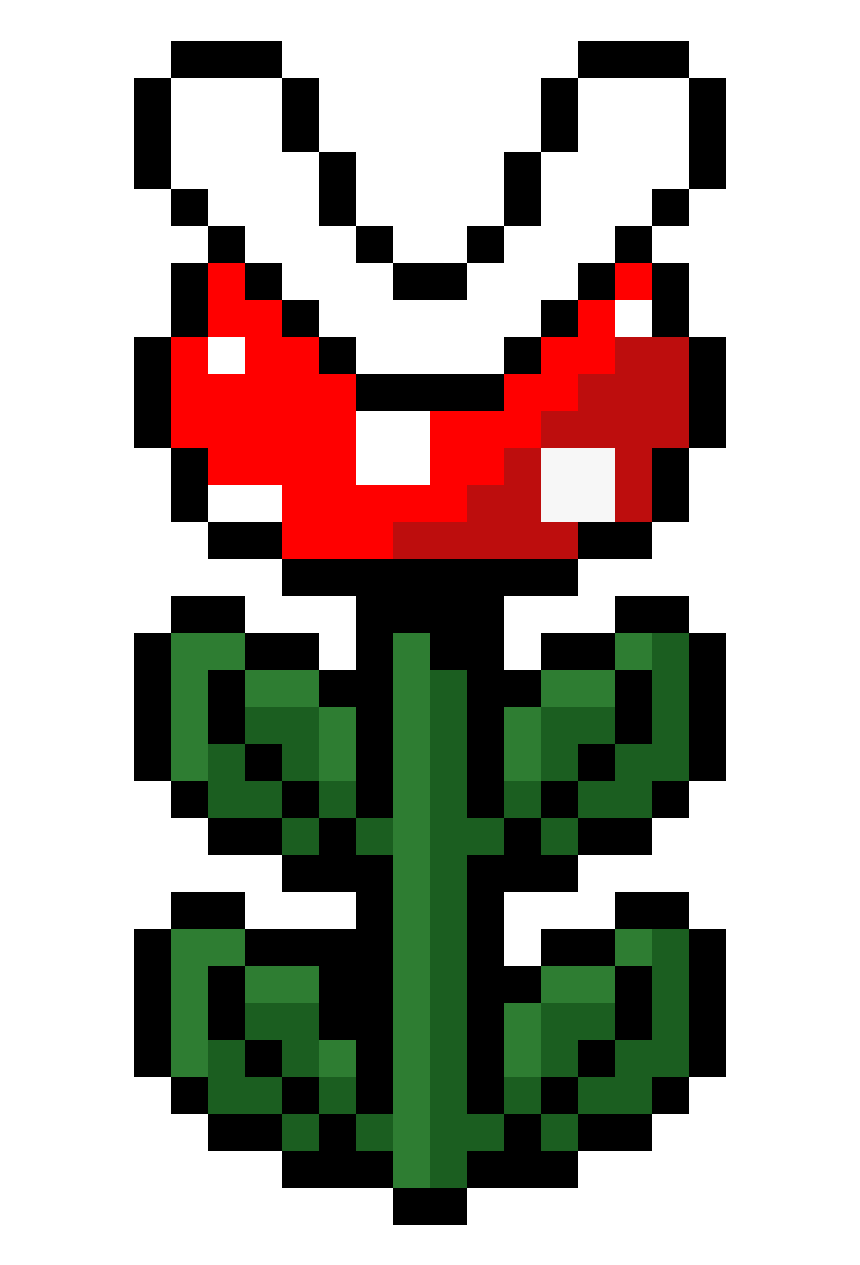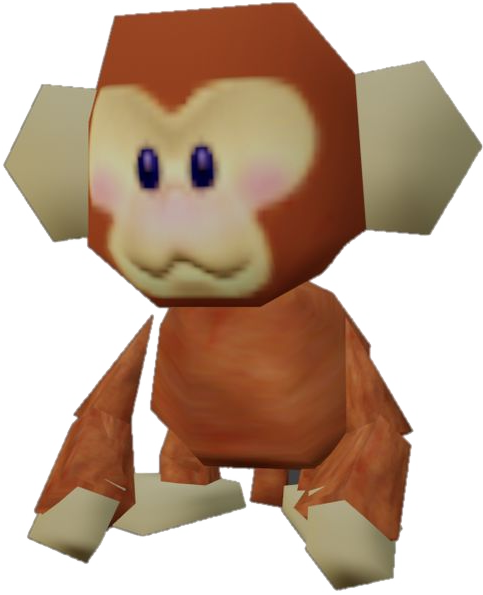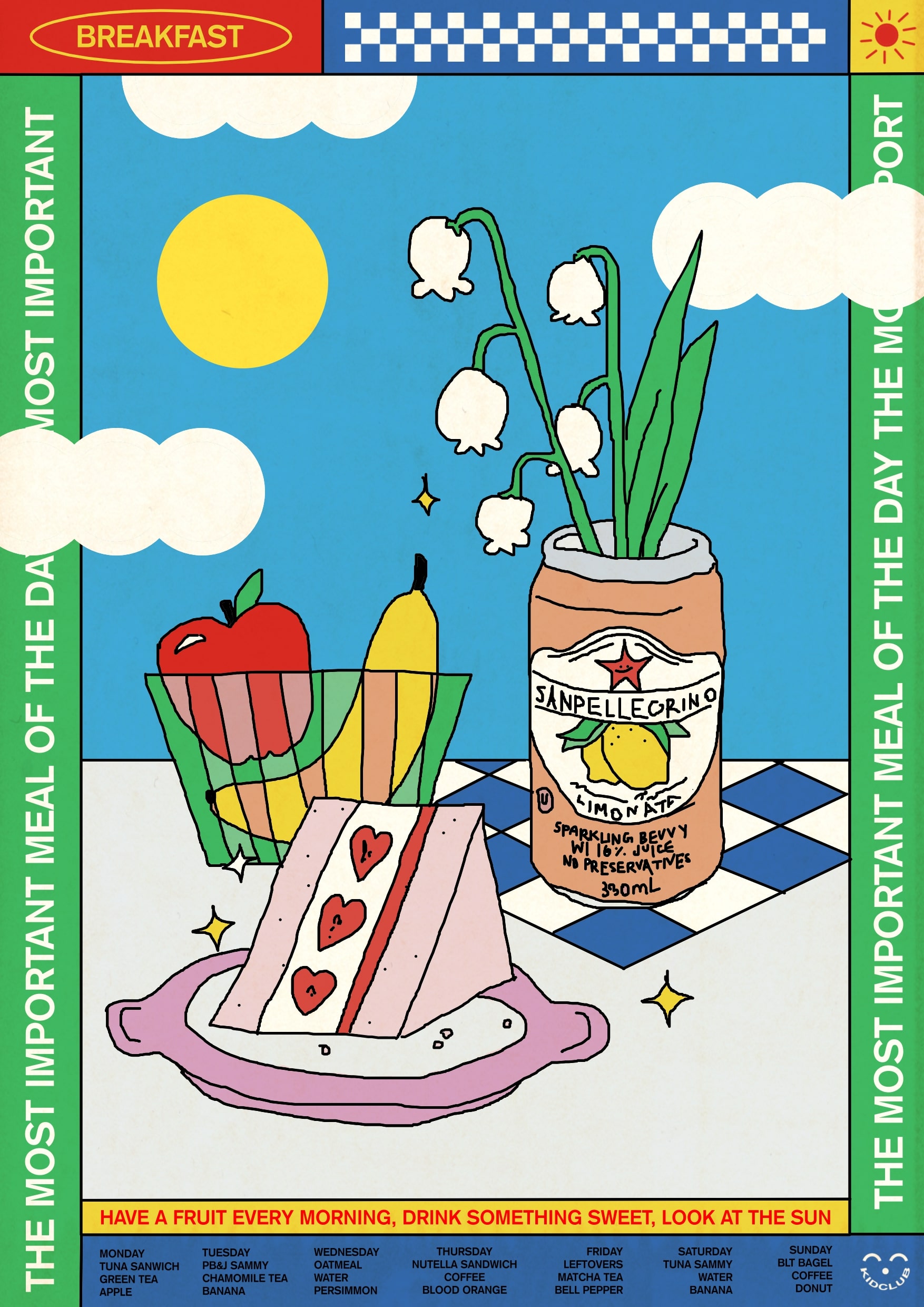

....bianca jay..........
 #THIS IS ME!!
#THIS IS ME!!






WELCOME TO MY SITE...

I am a SEAsian Artist from Toronto, currently earning my BA in Art History at McGill University. I enjoy exploring themes of nostalgia, horror and superstition. Thank you for checking out my work!



You've got mail!

POLL
Currently...



#SITE UPDATES !
You are visitor^^